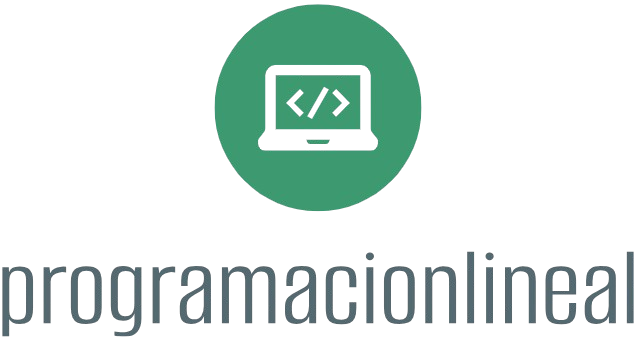Python’s vast ecosystem includes numerous libraries that can significantly enhance productivity and simplify development tasks. Here’s a list of essential Python libraries that every developer should be familiar with:
Top Python Libraries Every Developer Should Know
1. Requests
Purpose: Simplifies making HTTP requests.
Why It’s Useful:
- Makes sending HTTP requests easy and intuitive.
- Handles various methods like GET, POST, PUT, DELETE.
- Provides simple handling of parameters, headers, and response content.
Example:
python
Copy code
import requests response = requests.get(‘https://api.example.com/data’) print(response.json())
2. NumPy
Purpose: Provides support for large, multi-dimensional arrays and matrices, along with a collection of mathematical functions.
Why It’s Useful:
- Essential for scientific computing and data analysis.
- Offers high-performance array operations and mathematical functions.
Example:
python
Copy code
import numpy as np array = np.array([1, 2, 3]) print(np.mean(array))
3. Pandas
Purpose: Provides data structures and data analysis tools.
Why It’s Useful:
- Ideal for data manipulation and analysis.
- Features DataFrames for handling tabular data and Series for one-dimensional data.
Example:
python
Copy code
import pandas as pd data = {‘Name’: [‘Alice’, ‘Bob’], ‘Age’: [25, 30]} df = pd.DataFrame(data) print(df.head())
4. Matplotlib
Purpose: Creates static, animated, and interactive visualizations in Python.
Why It’s Useful:
- Allows for plotting a wide range of graphs and charts.
- Integrates well with NumPy and Pandas for data visualization.
Example:
python
Copy code
import matplotlib.pyplot as plt plt.plot([1, 2, 3], [4, 5, 6]) plt.xlabel(‘x-axis’) plt.ylabel(‘y-axis’) plt.show()
5. SciPy
Purpose: Provides algorithms and mathematical tools for scientific computing.
Why It’s Useful:
- Builds on NumPy and provides functions for optimization, integration, interpolation, and more.
Example:
python
Copy code
from scipy import optimize result = optimize.minimize(lambda x: (x – 2) ** 2, 0) print(result.x)
6. Django
Purpose: A high-level web framework that encourages rapid development and clean, pragmatic design.
Why It’s Useful:
- Ideal for building robust and scalable web applications.
- Includes an ORM, authentication, and admin interface.
Example:
python
Copy code
# To create a new Django project django-admin startproject myproject
7. Flask
Purpose: A lightweight web framework for building web applications.
Why It’s Useful:
- Provides flexibility and simplicity for small to medium web applications.
- Easy to get started with and highly extensible.
Example:
python
Copy code
from flask import Flask app = Flask(__name__) @app.route(‘/’) def hello_world(): return ‘Hello, World!’ if __name__ == ‘__main__’: app.run()
8. SQLAlchemy
Purpose: A SQL toolkit and Object-Relational Mapping (ORM) library.
Why It’s Useful:
- Simplifies database interaction and provides a powerful ORM.
- Supports various databases and SQL operations.
Example:
python
Copy code
from sqlalchemy import create_engine engine = create_engine(‘sqlite:///:memory:’)
9. pytest
Purpose: A testing framework that makes it easy to write simple and scalable test cases.
Why It’s Useful:
- Offers a rich set of features, including fixtures, parameterized tests, and plugins.
- Helps ensure code quality and robustness.
Example:
python
Copy code
def test_addition(): assert 1 + 1 == 2
10. BeautifulSoup
Purpose: Parses HTML and XML documents and extracts data.
Why It’s Useful:
- Ideal for web scraping and data extraction from HTML documents.
Example:
python
Copy code
from bs4 import BeautifulSoup import requests response = requests.get(‘https://example.com’) soup = BeautifulSoup(response.text, ‘html.parser’) print(soup.title.text)
11. TensorFlow
Purpose: An open-source platform for machine learning and artificial intelligence.
Why It’s Useful:
- Provides tools for building and training machine learning models.
- Supports deep learning and neural networks.
Example:
python
Copy code
import tensorflow as tf model = tf.keras.models.Sequential([tf.keras.layers.Dense(10)])
12. Keras
Purpose: A high-level neural networks API, running on top of TensorFlow.
Why It’s Useful:
- Simplifies the process of building and training deep learning models.
- Offers an easy-to-use interface for defining and training neural networks.
Example:
python
Copy code
from keras.models import Sequential from keras.layers import Dense model = Sequential([ Dense(10, input_shape=(5,), activation=’relu’), Dense(1) ])
Summary
These libraries are foundational tools that can help you accomplish a wide range of tasks, from web development and data analysis to machine learning and scientific computing. Familiarizing yourself with these libraries will enhance your productivity and broaden your capabilities as a Python developer.











